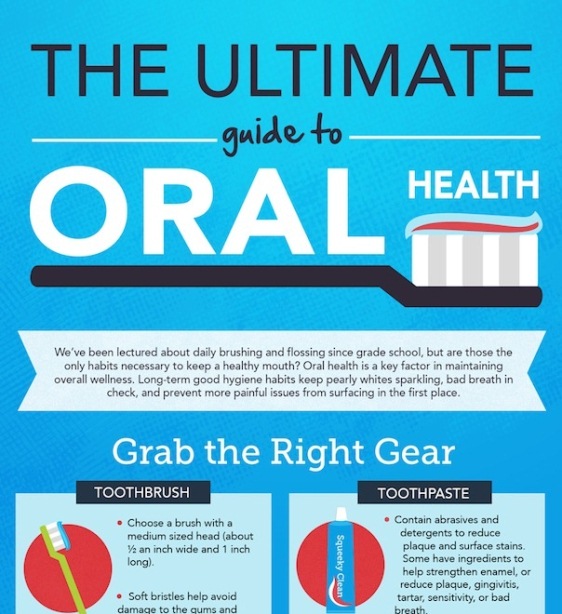Remain Ready For Sudden Oral Emergency Situations By Having The Ability To Determine The Indicators Of Injury And Understanding When It Is Required To Seek Urgent Medical Assistance
Remain Ready For Sudden Oral Emergency Situations By Having The Ability To Determine The Indicators Of Injury And Understanding When It Is Required To Seek Urgent Medical Assistance
Blog Article
https://veneers-for-crooked-teeth06283.blogacep.com/35434785/the-essential-handbook-for-handling-dental-emergencies-emergency-situation-dental-practitioner-version -Lowery Sonne
If you feel an unexpected shock of discomfort or observe a tooth injury, it can be upsetting. However just how do you establish if it's a dental emergency situation that calls for instant attention? Understanding the critical signs and recognizing when to look for aid can make all the distinction in protecting your oral wellness. Recognizing when to act quickly might indicate the difference between a quick fix and more comprehensive treatment.
Common Types of Dental Trauma
What're the typical types of oral injury that you should know?
Accidents can happen, resulting in numerous kinds of dental injuries. One typical kind of dental trauma is a broken tooth. This can happen from biting down on something hard or experiencing a strike to the face.
Another kind is a broken tooth, where a part of the tooth can chip off. Additionally, emergency dentist that takes medicaid might experience a knocked-out tooth, which can occur during sports or falls. It's critical to take care of the tooth meticulously and look for immediate dental interest.
Oral trauma can also entail a tooth that has actually been pushed out of placement or loosened up due to an injury. This type of injury requires timely treatment to save the tooth.
Lastly, soft cells injuries in the mouth, such as cuts, can also take place from crashes. Learning about and dental implant of oral trauma can aid you act swiftly and properly in case of an emergency.
Indications of Oral Emergency Situations
Acknowledging the signs of dental emergency situations is essential for timely action and correct therapy. If you experience serious tooth discomfort that's constant and pain, it might suggest an underlying issue that requires instant focus.
Swelling in the gum tissues, face, or jaw can likewise signify an oral emergency situation, particularly if it's accompanied by pain or fever. Any kind of sort of trauma to the mouth resulting in a broken, damaged, or knocked-out tooth needs to be dealt with as an emergency to stop more damage and potential infection.
Hemorrhaging from the mouth that doesn't stop after using stress for a couple of minutes is another warning that you need to look for emergency dental treatment. In addition, if you discover any kind of indications of infection such as pus, a foul preference in your mouth, or a fever, it's vital to see a dental professional asap.
Overlooking these signs can cause more major issues, so it's important to act swiftly when confronted with a possible dental emergency.
Importance of Immediate Therapy
Prompt activity and immediate treatment are critical in addressing dental emergency situations to stop more problems and ensure optimal results for your dental health and wellness.
When confronted with an oral emergency, such as a knocked-out tooth or serious tooth pain, looking for prompt therapy can make a significant difference in conserving your tooth and minimizing discomfort. Postponing dentist offices can cause infection, boosted discomfort, and even long-term damage to your teeth and periodontals.
By looking for emergency oral care promptly, you increase the possibilities of successful therapy and remediation. Dentists have the essential skills and equipment to address emergencies properly, decreasing the risk of long-lasting effects.
Furthermore, immediate therapy can help handle discomfort and pain, allowing you to resume your day-to-day tasks without distraction.
Conclusion
In conclusion, recognizing dental injury and understanding when to look for first aid is important for keeping dental health.
By identifying typical types of dental injuries and the indications of oral emergency situations, you can ensure punctual like prevent further damage and issues.
Remember, seeking prompt therapy can save teeth, lower pain, and increase the chances of successful recovery.
Don't wait to seek help from a dental professional if you experience any indicators of oral trauma.
